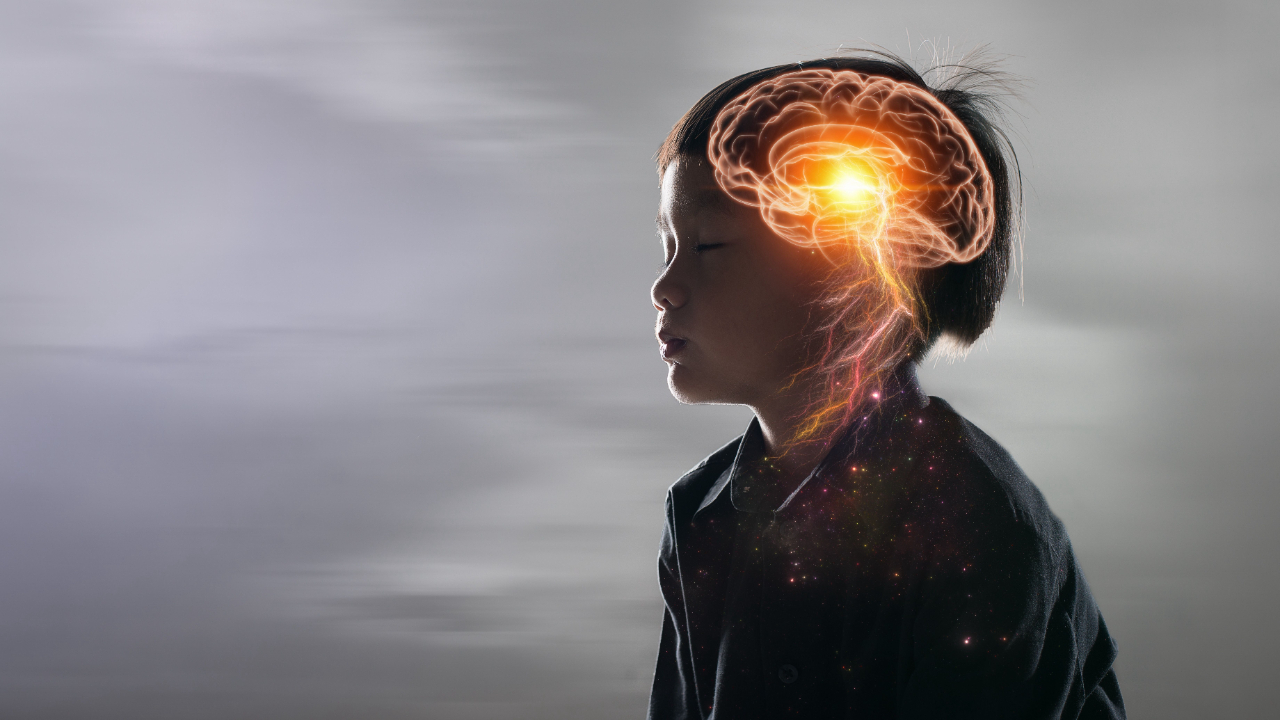The Triune Brain: Consciousness vs The Survival Instinct
Feb 27, 2025
The human brain is an unbelievably clever organ – it’s been evolving and fine-tuning for 500 million years. According to Triune Brain Theory, much of our “human” brain is inherited from animals that didn’t look (or think) much like us at all. It suggests that we have our fish, reptile and mammal ancestors to thank for many of our most vital survival instincts, including our capacity to form social and parental bonds.
The theory was first posited by neuroscientist Paul D. MacLean in the 1960s, and has been disputed in more recent years. But for those of us without a doctorate in neuroscience, it can be a helpful framework for understanding that the different parts of our brain have a powerful – and sometimes conflicting – influence on our behaviors, thoughts and emotions. This, in turn, can give us more self-compassion. Remembering that we’re as much animal as we are human can help us understand why our survival mechanisms can sometimes get the better of us, and offer a roadmap towards more harmony between the extraordinarily complex neural interactions taking place in our heads. Here’s an introduction to the three different brains of the Triune Brain Model.
Your Reptilian Brain: Survival
At the very core of the human brain is what’s known as the reptilian brain, or lizard brain. This, according to Triune Brain Theory, is the “oldest” of your three brains, comprising the brainstem and the cerebellum. These are responsible for autonomic functioning, self-regulation and survival instincts. The reptile brain is constantly humming away in the background, like a computer server tasked with all the most basic but crucial processing. Digestion and breathing, along with fight-flight-freeze trauma responses are controlled here. When this part of the brain receives major danger information, it will shut down any unnecessary processing, and direct physical resources towards self-protection.
Your Mammalian Brain: Memory and Emotion
The limbic, or mammalian, brain is responsible for a wider emotional spectrum, social engagement and attachment, and more awareness of experience and memory. It includes the amygdala, which is in charge of emotional memory and regulation, and is particularly sensitive to perceived threat. While it is responsible for attaching positive emotions to memories, this is also where fear is regulated. Our traumatic and stressful memories get filed away, even if we don’t consciously remember them, in order for the brain to recognize future threats. This hard-wiring is then ready to alert the reptilian brain’s stress response not just when mortal danger arises, but for anything that seems suspiciously suggestive of physical or emotional harm – which is made even more complicated by the workings of the cerebral cortex.
Your Human Brain: Consciousness and Imagination
We have the cerebral cortex to thank for the most human of our traits: conscious thought, language, imagination and creativity, and reason and rationality. The intricacies of human culture exist in the two hemispheres of this huge “newer” part of the brain. The subconscious mind is also in constant interaction with the limbic system and the reptilian brain – and always for our best interest: that of our survival. However, messages between the cerebral cortex, where the possibilities of threat are endless (because of that huge imagination) and the reptile brain (which doesn’t have the capacity to separate fact from fiction) can get scrambled. With the hyper-sensitive amygdala acting as mediator, fear can become the default setting, even when we are rationally aware that we are not under threat at all. An amygdala “hijack” is when the hardwired fear response becomes so intense that the reptilian brain shuts down cerebral functioning (because it’s not deemed vital to immediate survival) and it then becomes difficult to think straight at all.
A Reconciliation Of The Minds
Considering the brain in this way makes it easier to understand why there is such a strong tussle between our irrational behaviors and our conscious mind, and why there can sometimes be such a disconnect between our emotions and our experience. It seems that anxiety, depression, chronic stress, and physical illness might well result from glitchy neural links made between these different brain functions. This framework also helps explain why we can’t stress our way out of stress. The reptilian brain needs to know that it is safe in order to get everything working optimally, the mammalian brain is best able to enjoy positive emotional connection when everything is working optimally, and the human brain is free to function at its most lucid, inspired, and creative when the previous two are satisfied. And if this pattern of thought is to be believed, then it would seem that establishing inner safety and rewiring the glitches to reconcile our conscious mind with our reptile brain can take us from surviving to thriving – and help us drive forward our very best human lives.
All of the content on our website is thoroughly researched to ensure that the information shared is evidence-based. For more information, please visit the academic journals that influenced this article: Your Brain Is Not An Onion With A Tiny Reptile Inside; The Place Of The Triune Brain In Psychiatry; A Theory Abandoned But Still Compelling; Neural And Mental Hierarchies; The Triune Brain: Limbic Mind, Mind Plastic, Emotional Mind.


